This website may contain affiliate links and advertising so that we can provide recipes to you. Read my disclosure policy.
Yakitori sauce is a Japanese condiment traditionally used for grilled chicken skewers. Sweet, savory, and smoky, it’s the perfect sauce to have on hand for all of your grilling needs this summer!
Making homemade sauces is the best! You get all the delicious flavor without any preservatives or additives. Plus, you can customize the taste to your liking! Homemade yum yum sauce, hoisin sauce, and teriyaki sauce are all great for adding a pop of Asian flavor to your cooking!
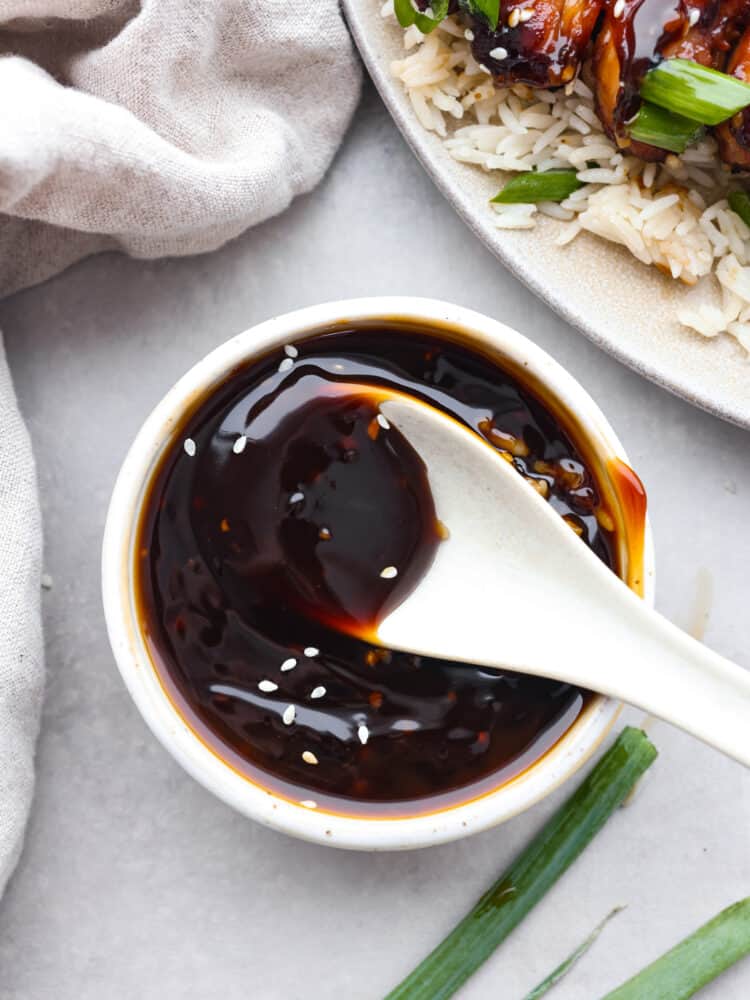
What is Yakitori Sauce?
If you’ve never tried Yakitori before, it’s essentially various types of grilled chicken glazed in a sweet and smoky sauce. It’s a common street food in Japan. You can also find it at izakayas (the equivalent of a Japanese pub), paired with alcohol. There’s a reason it’s so popular- the meat is melt-in-your-mouth and so flavorful! You can bring these tasty Japanese flavors to your own kitchen with just a few simple ingredients.
Yakitori sauce has a soy sauce base and then is flavored with brown sugar, garlic, cooking rice wine, and sake! The flavor is amazing. It’s everything you could want from a glaze for grilled meats! Sweet, smoky, and savory with a hint of tang. Yakitori sauce has the perfect consistency, too! It’s thick and glossy and will get your mouth watering just looking at it. Here’s everything you need to know to whip it up at home!
What is Yakitori Sauce Made Of?
A lot of these ingredients will probably already be in your pantry, but you may need to make a trip to your local Asian market for the cooking rice wine and sake. They complete the flavor! Note: measurements for each of these ingredients can be found in the recipe card at the end of the post.
- Soy Sauce: Soy sauce is the perfect savory foundation for this sauce and helps to tenderize meats.
- Brown Sugar: Adds a deep, smoky sweetness.
- Mirin Rice Wine: Cooking rice wine adds just a hint of sweetness and gives Yakitori sauce the perfect glossy sheen.
- Sake: Adds a tangy, complex flavor and helps to tenderize grilled meats. You can substitute this for cooking wine or rice wine vinegar.
- Minced Garlic: No savory sauce is complete without a little garlic!
- Water: Activates the cornstarch and helps all of the ingredients mix together smoothly.
- Cornstarch: Makes your Yakitori sauce nice and thick!
How to Make Yakitori Sauce
Yakitori sauce is so easy to make! All you have to do is whisk everything together over the stove. Then it’s ready for all of your favorite grilled meats and veggies! It’s also a great sauce for chicken wings!
- Whisk Ingredients Together: In a medium saucepan over medium-high heat, whisk the soy sauce, brown sugar, rice wine, sake, and garlic.
- Thicken: In a small bowl, whisk the water and cornstarch. Add to the saucepan and whisk. Continue to cook until it starts to thicken.
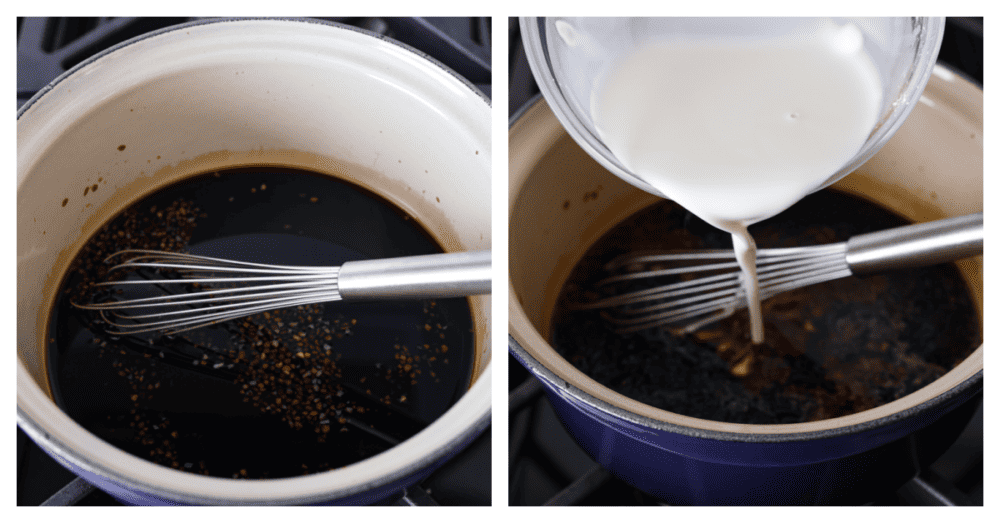
Easy Variations
Here are a few simple ways you can customize your yakitori sauce!
- Gluten-Free Version: You can easily make your yakitori sauce gluten-free by swapping out regular soy sauce for a gluten-free variety.
- Flavor Additions: Customize the flavor of your yakitori sauce by adding things like lemon juice, grated ginger, honey, sesame oil, or chili powder for a hint of spice!
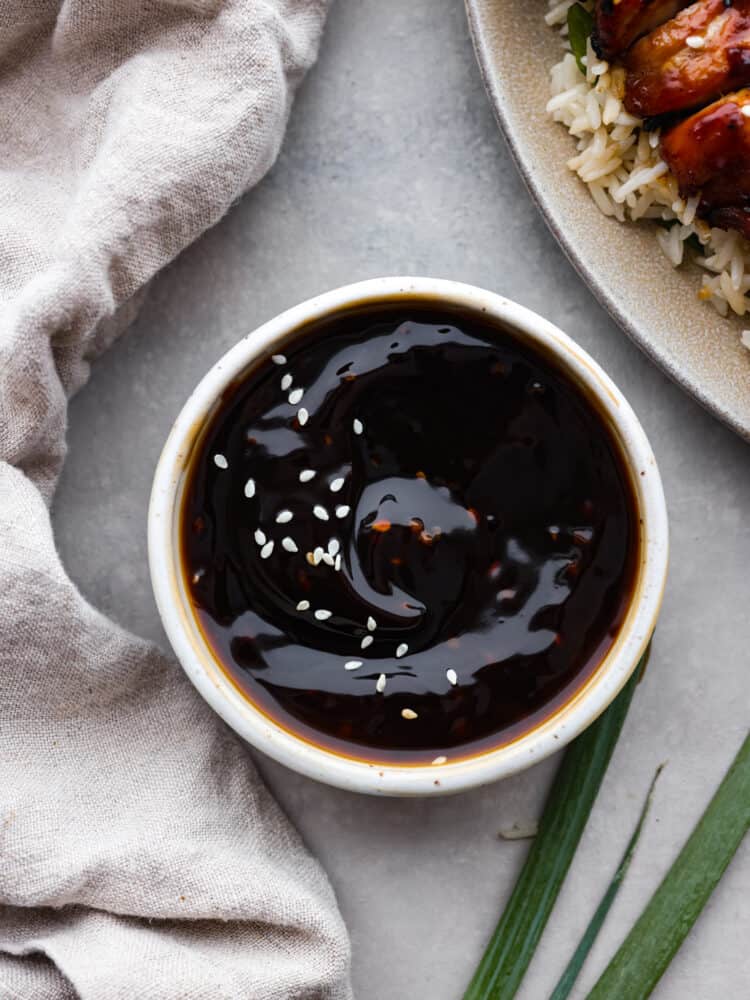
Storing Leftovers
The great thing about homemade yakitori sauce is that it has a really long shelf life! As long as you keep it in an airtight container in the fridge, it will last for a few months. Throw away if mold or a foul odor has developed.
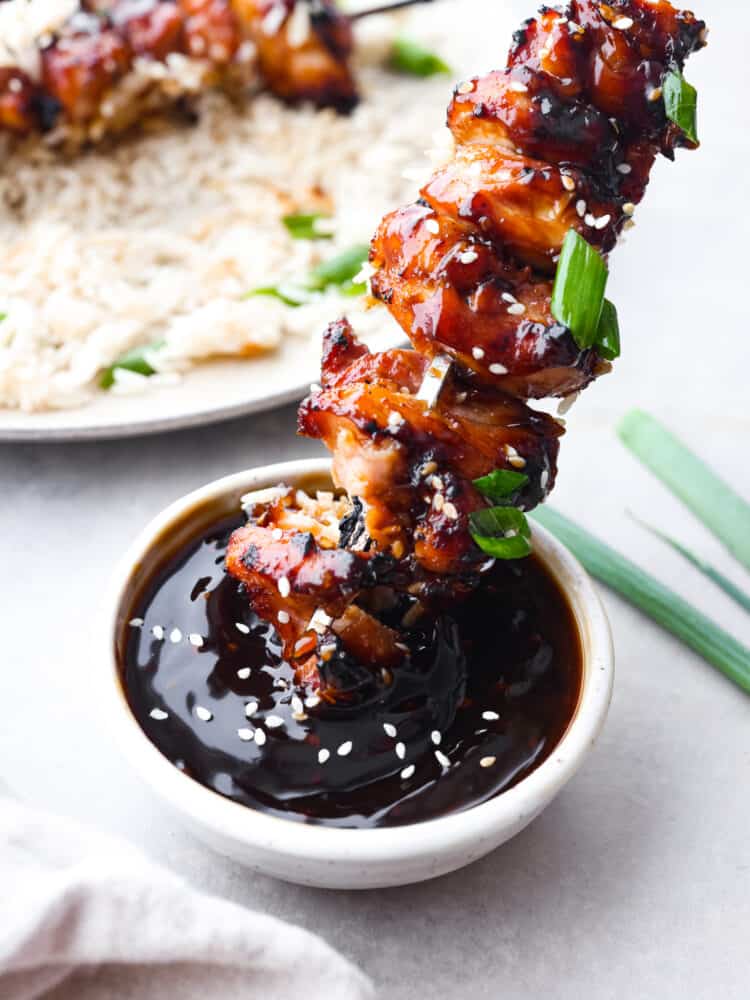
Pin this now to find it later
Pin It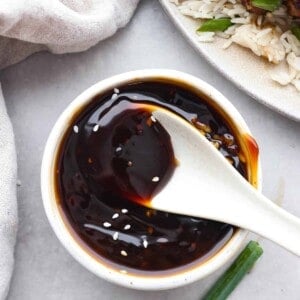
Yakitori Sauce
Ingredients
- 2/3 cup soy sauce
- 1/4 cup brown sugar
- 2 Tablespoons mirin rice wine
- 2 tablespoons sake can sub cooking wine
- 3 cloves garlic minced
- 1/4 cup water
- 2 Tablespoons cornstarch
Instructions
- In a medium sauce pan over medium high heat whisk the soy sauce, brown sugar, rice wine, sake, and garlic.
- In a small bowl whisk the water and cornstarch. Add to the sauce pan and whisk. Continue to cook until it starts to thicken.
Nutrition
Nutrition information is automatically calculated, so should only be used as an approximation.
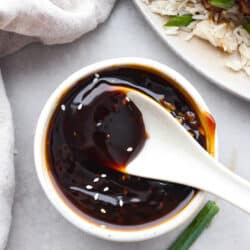

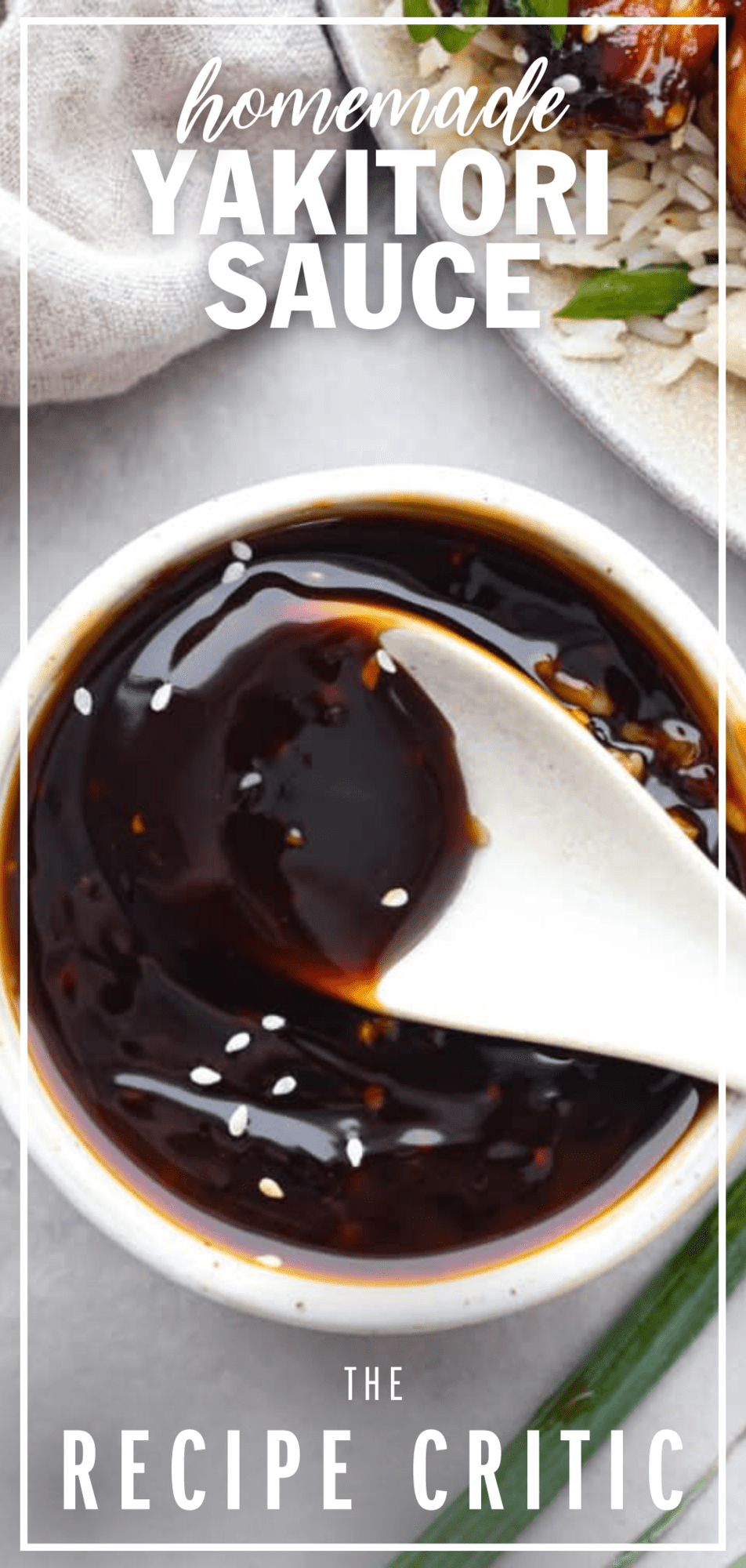
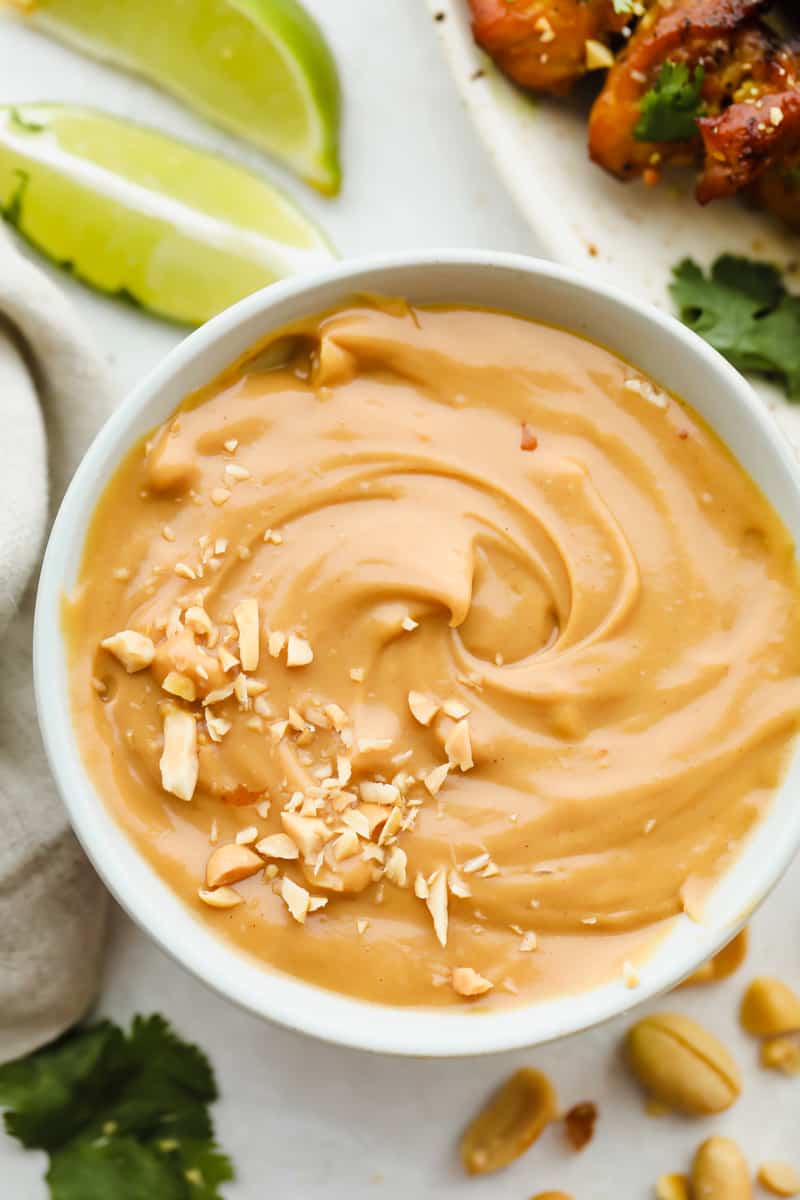
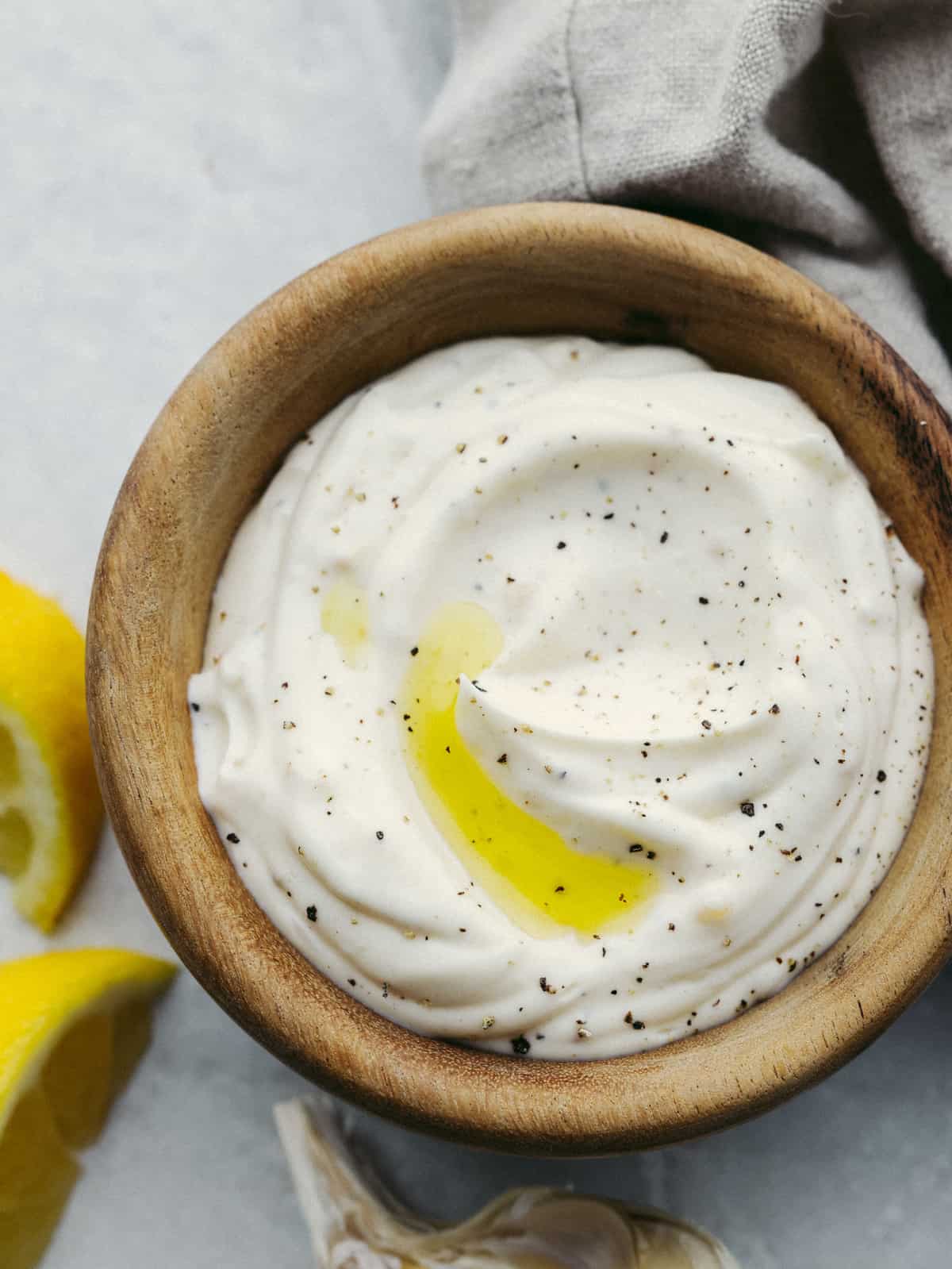
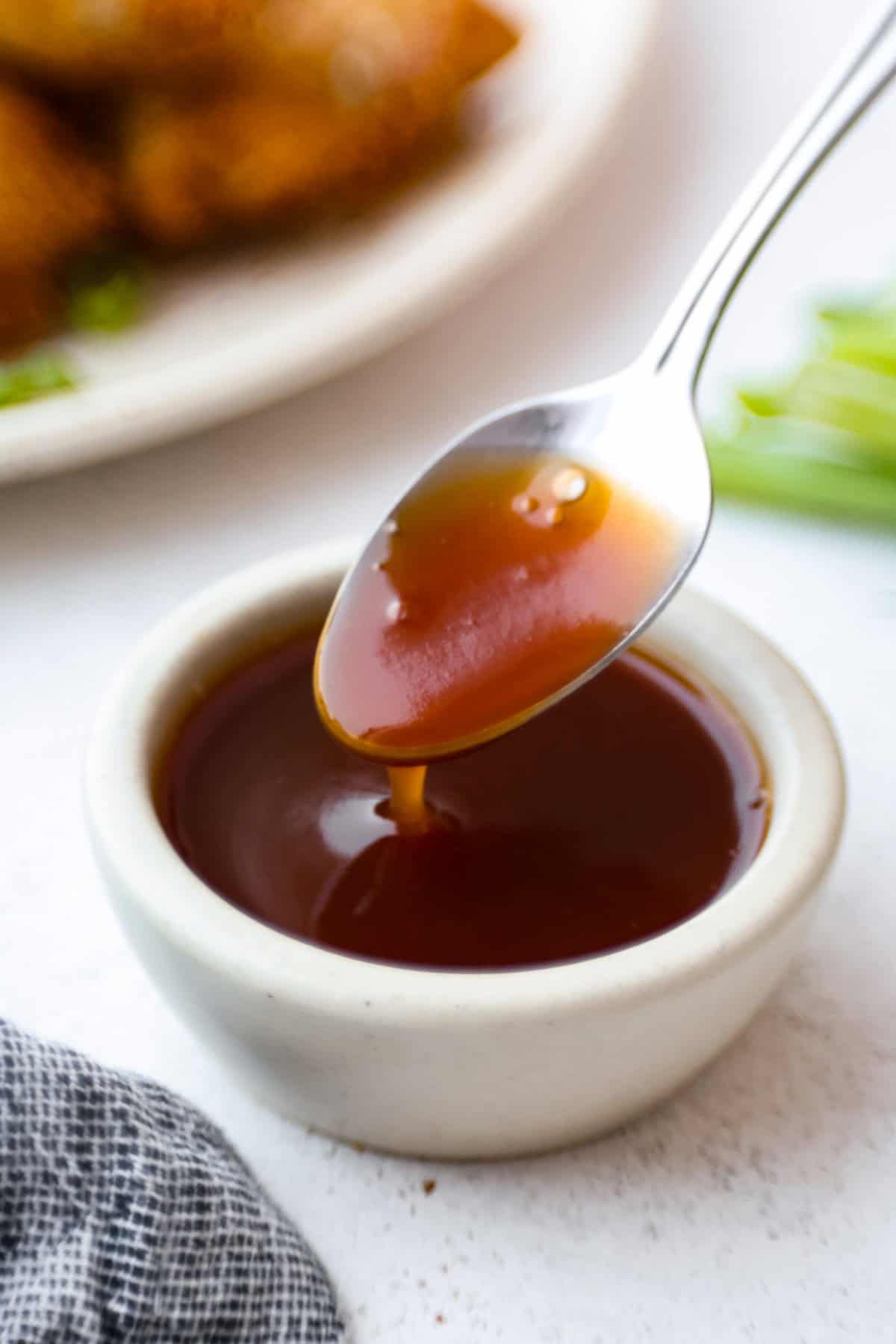

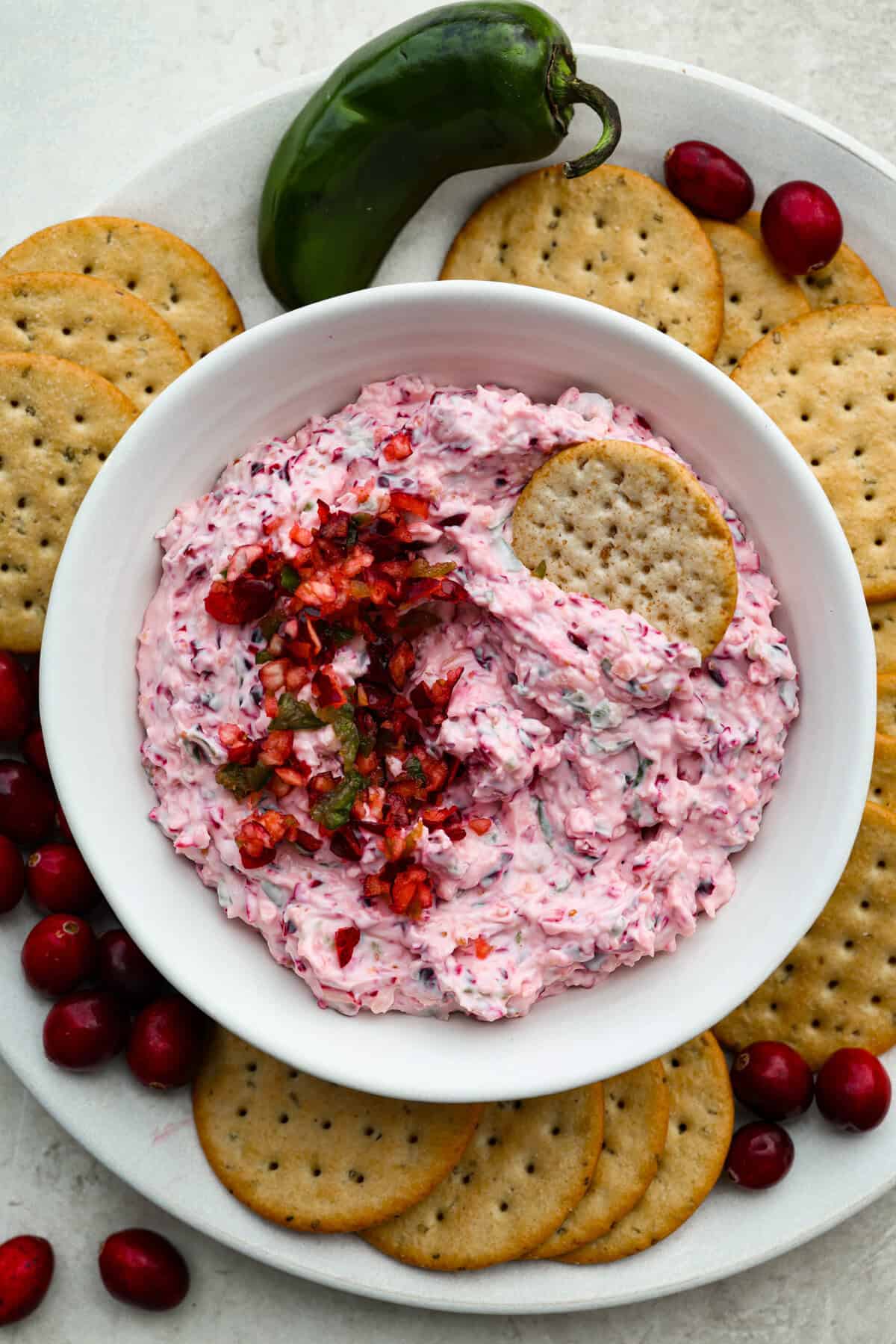

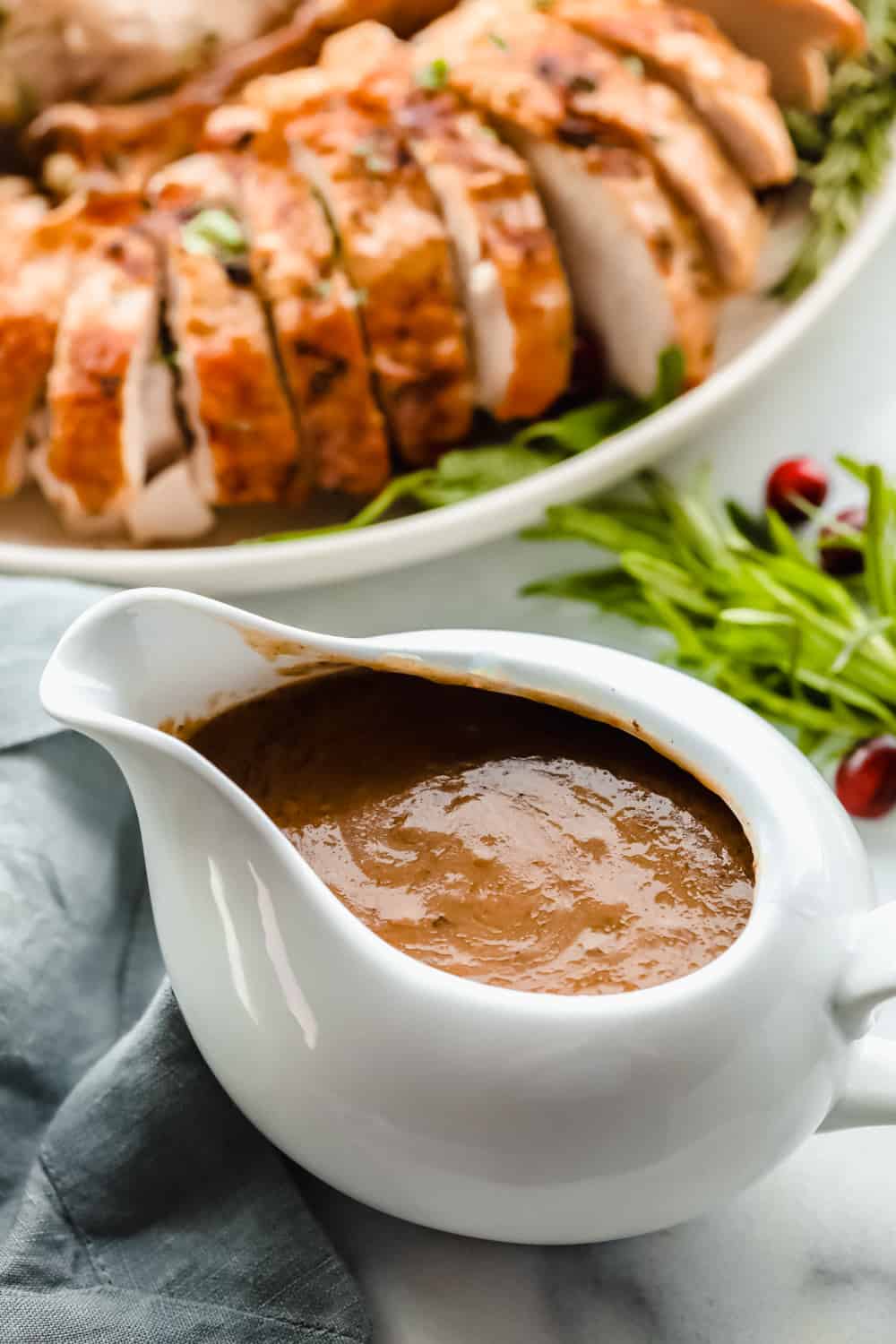








FABULOUS! Very easy and fast to make. Family loved it. I cannot have any alcohol whatsoever so substituted rice vinegar for both the mirin and sake (I don’t care for the flavor of sake anyway) and added a bit more brown sugar to compensate. So my version was not authentic but still very good.
great to know how to make this, thank you, a nice change from my other sauces, had just never known exactly how to make it, so thank you!